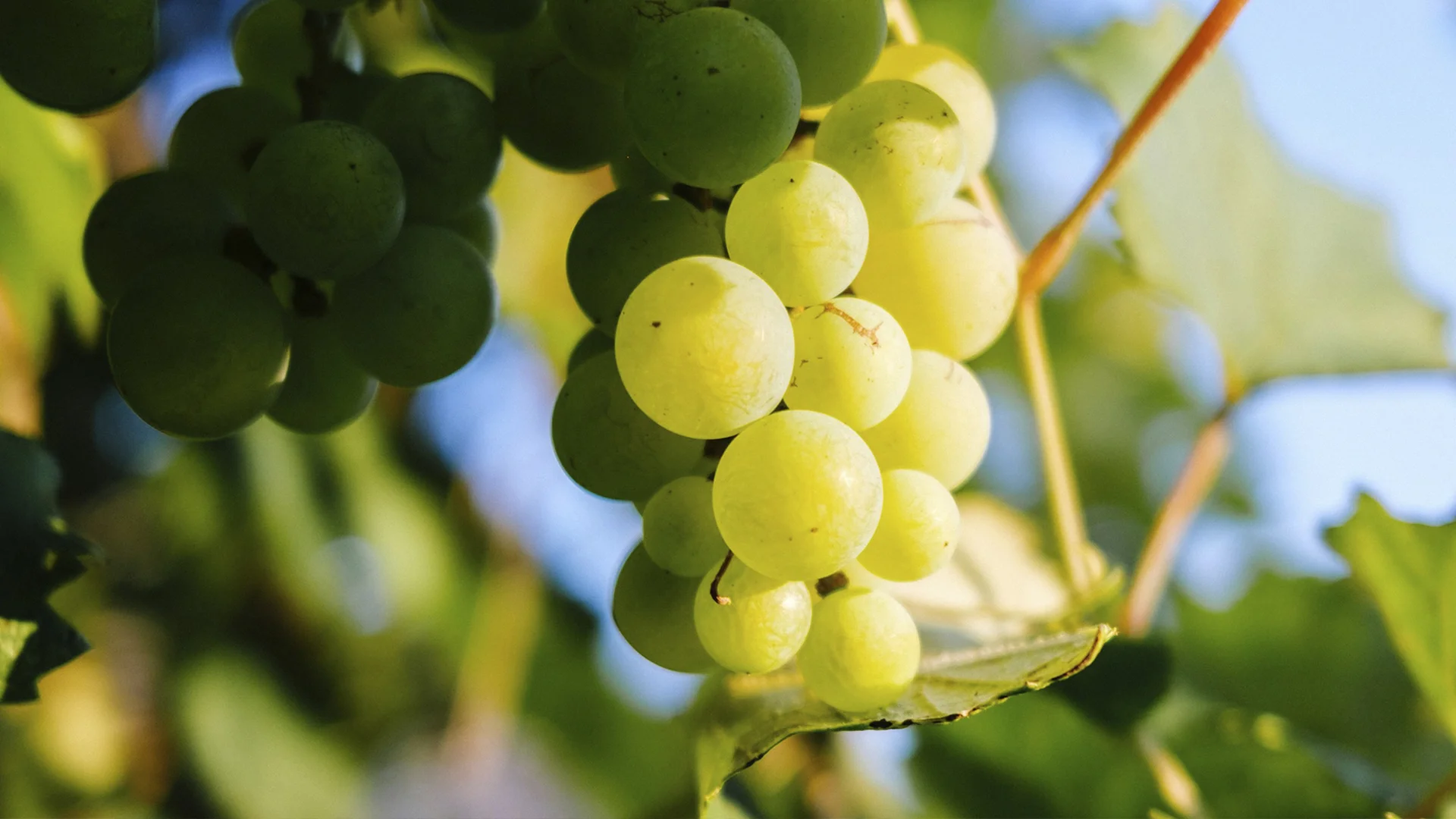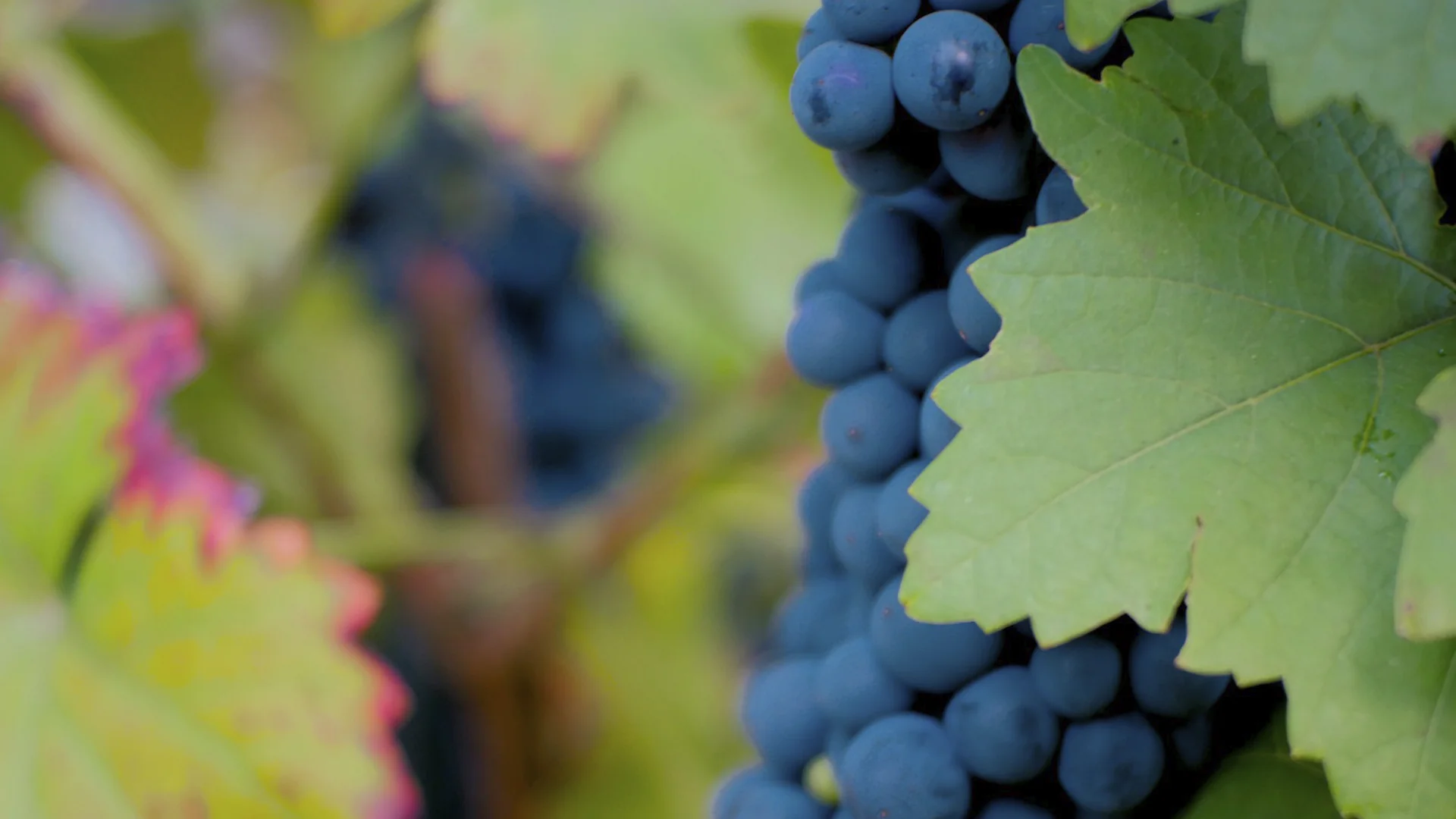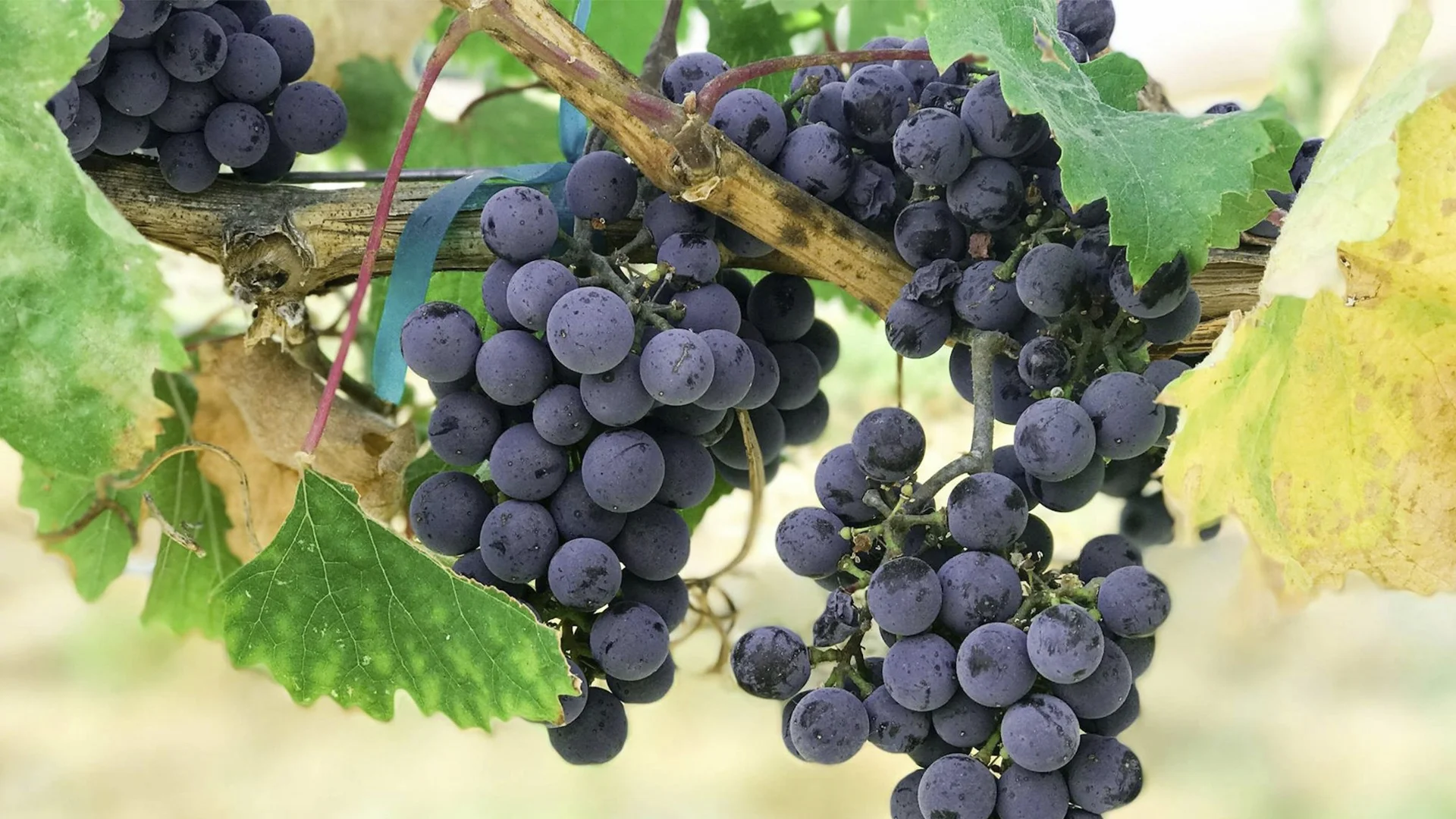
This guide offers an in-depth look at Chenin Blanc, a significant grape varietal in the wine industry. Known for its versatility and rich history, Chenin Blanc flourishes in regions like South Africa and France's Loire Valley. We explore its unique characteristics, the influence of terroir on its flavour profile, and the sustainable practices shaping its future. Delve into the world of Chenin Blanc, understanding its journey from ancient origins to modern-day acclaim, and discover the diverse wines it produces.
Chenin Blanc embodies a unique blend of history and versatility in the realm of white wine grapes. It is celebrated for its adaptability in producing a wide array of wine styles, appealing to a broad spectrum of wine enthusiasts.
Central to the character of Chenin Blanc is its naturally high acidity. This intrinsic quality gives Chenin Blanc wines a crisp and vibrant taste, balancing the complexity of flavors that can range from delicate apple and quince to rich honeyed notes. The grape's uneven ripening is key to this versatility. It allows for the harvesting of grapes at different sugar levels, giving winemakers the creative freedom to craft everything from dry to sweet wines.
Chenin Blanc also demonstrates a notable interaction with Botrytis cinerea, a fungus pivotal in the production of some of the world's finest sweet wines. The grape's thin skin and high sugar content make it ideally suited for the development of noble rot under certain climatic conditions, leading to the creation of wines with a perfect harmony of sweetness and acidity. If you want to learn more about Chenin Blanc wines, such as which are the best food pairings of how to pick great Chenin Blanc wines, check our our comprehensive In-Depth Guide.
Delving into the world of Chenin Blanc reveals a trove of fun facts that enhance our understanding and appreciation of this varietal:
These captivating facts not only emphasize the global influence and adaptability of Chenin Blanc but also highlight its unique position in the rich tapestry of viticulture.
Now, let's talk about Chenin Blanc origin. This grape´s roots can be traced back to France's stunning Loire Valley. It's been around for ages—we're talking 9th century old. That's some serious staying power! According to different sources, the Chenin blanc grape origin was in the Anjou area, where monks tended to the vines with loving care.
The grape 's name? It likely comes from Mont Chenin, a charming village near Tours in the Touraine region. By the time the 15th century rolled around, Chenin Blanc vines had taken the Loire Valley by storm. Winemakers couldn't get enough of these grapes versatility. Thanks to its high acidity, they could create everything from crisp, still wines to bubbly sparklers and even luscious dessert wines.
Fast forward to today, and Chenin Blanc has gone global! South Africa, in particular, has embraced this grape with open arms. In fact, they love it so much that they even gave it a nickname: "Steen." Funny story—for a while, folks thought Steen was a totally different grape. Turns out, it was our old friend Chenin Blanc all along! Talk about a case of mistaken identity.
The ideal viticulture conditions for Chenin Blanc encompass several crucial elements:

These factors together significantly impact Chenin Blanc, contributing to their distinct acidity and flavor profile.
Chenin Blanc, a versatile and widely planted grape, thrives in several key regions, each with its unique terroir influencing the grape's characteristics:

Each region's climate, soil, and winemaking traditions significantly impact the flavor profiles and styles of Chenin Blanc produced, from the minerally and high-acid wines of the Loire Valley to the diverse styles of South Africa.
The cultivation of Chenin Blanc is experiencing a significant shift towards organic and sustainable methods, reflecting a wider change in the winemaking industry. This movement is driven by increased consumer and producer awareness about the environmental impact of traditional viticulture. In organic and sustainable farming of Chenin Blanc, synthetic chemicals are eschewed in favor of natural alternatives, and vineyards strive to maintain a rich biodiversity. This approach not only benefits the environment but also contributes to distinctive wine flavor profiles. The growing popularity of these practices is evidenced by a significant rise in demand for organically and sustainably produced Chenin Blanc wines over recent years.
Biodynamic winemaking has emerged as a key player in the sustainable cultivation of Chenin Blanc. This method extends beyond conventional organic practices, viewing the vineyard as a cohesive, self-sustaining ecosystem. It involves using specific preparations made from natural materials and adhering to a biodynamic calendar. Chenin Blanc, known for its crisp acidity and fruity notes, thrives under biodynamic conditions, which help in enhancing the grapes’ inherent flavors and expressing the unique characteristics of the terroir. The use of biodynamic methods leads to wines with complex flavor profiles and a deeper sense of place.
Sustainable cultivation of Chenin Blanc also benefits from advancements in viticultural practices and technology. Selecting the right clones and rootstocks is crucial, with varieties like 849 and 736 chosen for their specific contributions to wine flavor and body. Rootstocks are selected based on their compatibility with local climate and soil types. Sustainable vineyard management includes regular pruning, monitoring soil moisture, and effective pest and disease control. These practices ensure a balanced growth of vines and optimal grape quality.
Furthermore, modern technology plays a vital role in enhancing sustainable viticulture. Techniques like precision fermentation and advanced analytics enable winemakers to finely tune their processes, ensuring the distinctive qualities of Chenin Blanc are preserved from the vineyard to the final product.
In summary, the sustainable cultivation of Chenin Blanc through organic, biodynamic, and technologically advanced practices represents a progressive and environmentally conscious approach to winemaking. This not only aligns with ecological goals but also meets the evolving preferences of consumers who prioritize both quality and sustainability in their wine choices.
The Chenin Blanc grape is celebrated for its ability to produce wines with diverse and captivating flavor profiles, in different wine regions. Here is a list of some of the most famous Chenin Blanc wine brands, showcasing the grape's international appeal and the aromatic and flavor complexities that make them standouts in the wine world:
Each of these brands not only reflects the unique terroirs and winemaking traditions of their respective regions but also highlights Chenin Blanc's remarkable versatility. Whether it's the minerally and high-acid wines of the Loire Valley, the ripe and tropical notes of South Africa, or the innovative expressions in California and Australia, Chenin Blanc continues to enchant wine enthusiasts around the globe.
Chenin Blanc, with its storied history beginning in the 6th century, stands as a testament to the enduring appeal of this versatile grape. Predominantly flourishing in South Africa and the Loire Valley, Chenin Blanc has carved a niche for itself in the world of wine. Its ability to adapt to various terroirs and climates is remarkable, reflecting the unique characteristics of each region. The recent surge in sustainable viticulture practices further enhances the appeal of Chenin Blanc, signaling a commitment to environmental stewardship and the production of high-quality, eco-friendly wines. These sustainable trends not only ensure the longevity of the vineyards but also promise a continued legacy of this ancient grape, offering a tantalizing journey from vine to glass. As we embrace these sustainable practices, Chenin Blanc is poised to maintain its status as a beloved and respected varietal, continuing to delight connoisseurs and casual drinkers alike with its diverse range of flavors and styles.





























































































.webp)

.webp)





Are you interested in
collaborating with us?